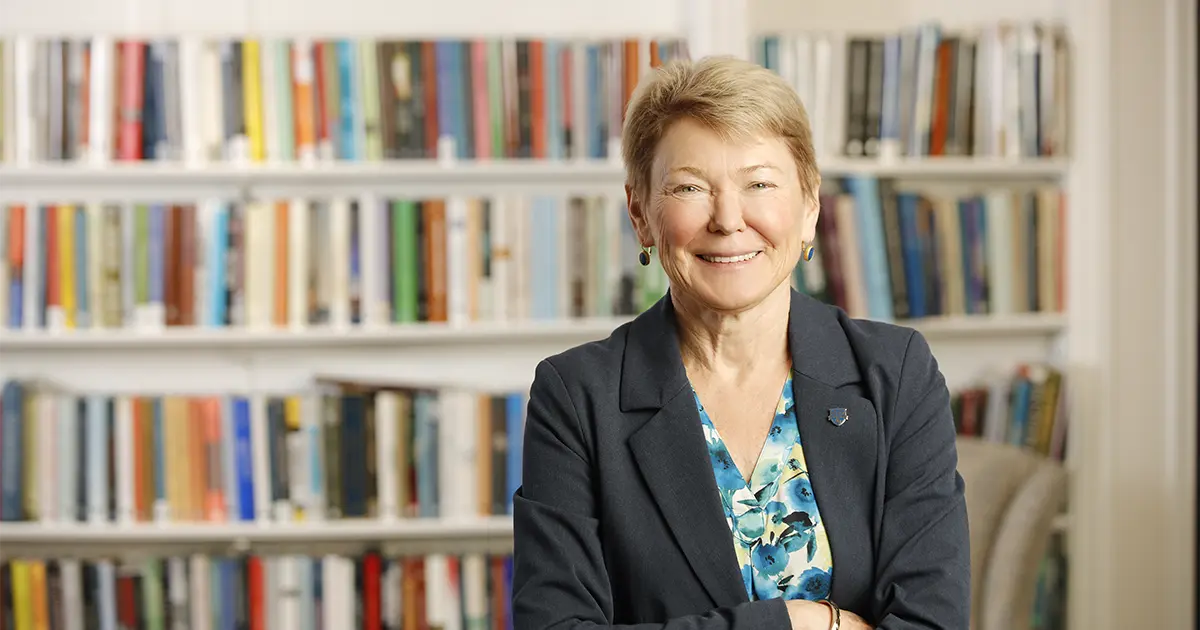The goal:
Sustainable growth.
We will modernize and optimize the way we budget and allocate resources to realize our University-wide aspirations.
Overview
To achieve our aspirations and drive growth, we must modernize our resource model to better support our ambitions and respond quickly to strategic opportunities. The current decentralized approach hinders adaptability and effective resource allocation.
A new model will enable strategic investments, enhance coordination and collaboration across the university, and streamline decision-making processes, ensuring alignment toward shared goals. This transformation will optimize resources, foster innovation, improve efficiency, and create a more supportive environment for our researchers, educators, and students to thrive.
Achievements of this goal
- Provide structure and direction to attract the most important sources of funding and enhance revenue streams.
- Create improved and more efficient stewardship and utilization of University resources (financial, human, physical, and operational infrastructure).
- Maximize incoming resources and align them with strategic initiatives and priorities.
- Incentivize strategic decision-making and thinking.
- Align resources with our priorities in concrete ways.
- Ensure long-term financial sustainability.
Objectives and progress
Our objectives and tactics lay out the steps we’re taking to drive progress. Each year, we will review our approach and launch new initiatives to ensure we respond to changing conditions and take advantage of new opportunities. Our core beliefs influence each tactic.
The tactics below are abbreviated. If you have any questions, want to collaborate on tactics, or have feedback, please contact us.
Objective
Develop new budget model informed by our mission and goals to strengthen decision-making, service delivery, and strategic growth initiatives.
The new budget model will create opportunities for a coordinated strategy, fostering stability and consistency within an uncertain marketplace. It aims to support innovation and growth across all schools and units while being responsive to specific needs. Key elements include multiyear planning, collaboration incentives, and a focus on transparency, accountability, and aligning resources with the University’s mission.
Leaders
- Elizabeth A. Milavec, Executive Vice President for Administration and Finance, Chief Financial Officer, and Treasurer
- Nicole Sampson, Provost and Chief Academic Officer
Tactics and progress
Objective
Identify and create the conditions to support new and innovative revenue streams
The University’s financial sustainability will rely on developing new revenue sources, such as private sector research sponsorships, start-ups, and new educational programs. By balancing traditional and new revenue streams, we aim to manage risk and secure long-term financial stability. This approach will help capitalize on our strengths while preparing for the future.
Leaders
- Elizabeth A. Milavec, Executive Vice President for Administration and Finance, Chief Financial Officer, and Treasurer
- Nicole Sampson, Provost and Chief Academic Officer
- David C. Linehan, M.D. Senior Vice President for Health Sciences, CEO of the Medical Center, and Dean of the School of Medicine and Dentistry
Tactics and progress
Objective
Create plans and strategies for long-term sustainable infrastructure needs
We will ensure that the University of Rochester is prepared to adapt and plan for new goals as institutional and societal needs shift and evolve over time by implementing strategies for long-term sustainability. We will do this by strategically investing in, reshaping, and expanding our infrastructure and capabilities.
Leaders
- Elizabeth A. Milavec, Executive Vice President for Administration and Finance, Chief Financial Officer, and Treasurer
Tactics and progress
Objective
Enhance philanthropy and engagement to support strategic priorities
Implement a new comprehensive campaign that will sustain and grow high levels of philanthropy and charitable giving, further build engagement activity among all University stakeholders, and support University, school and unit strategic priorities, the One University vision, and the Boundless Possibility strategic plan.
Leaders
- Tom Farrell, Senior Vice President and James D. Thompson Chief Advancement Officer
Tactics and progress
Measures of success
Definitions of measures of success will be coordinated across the University to create consistency and increase transparency.
- Operating + Finances
- Long-term investments
- Capital projects





